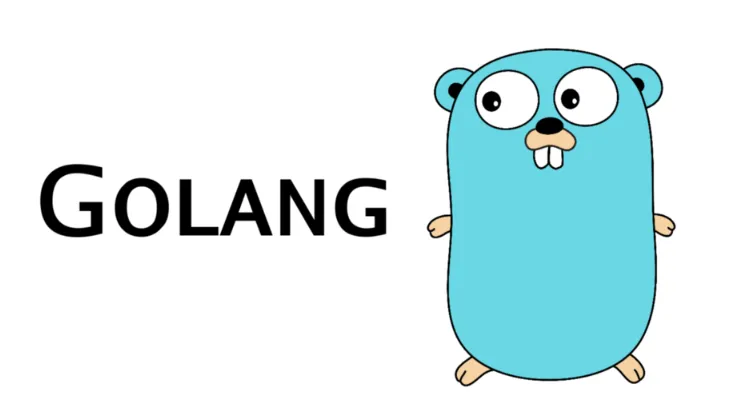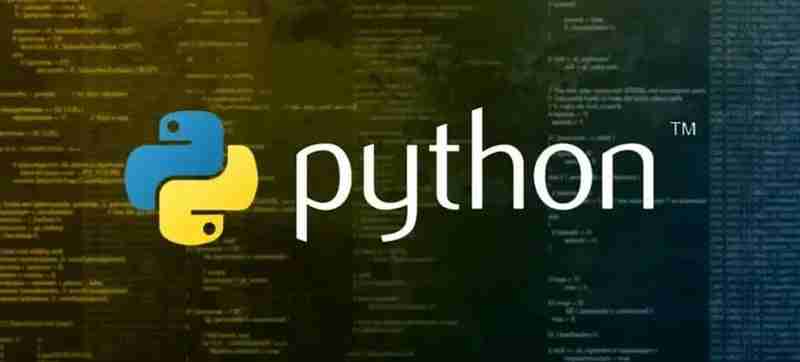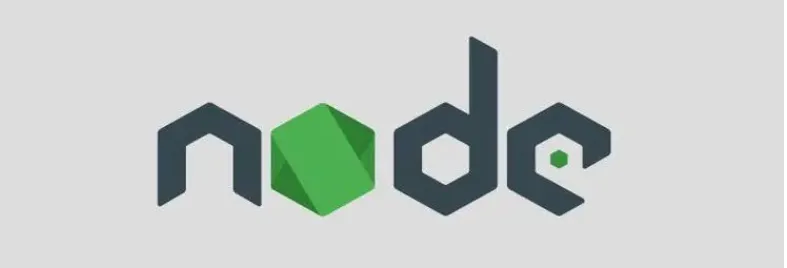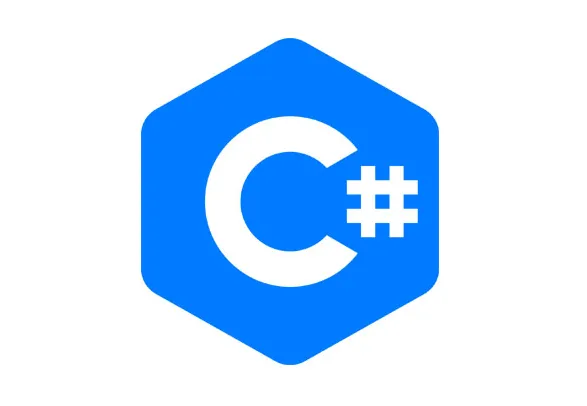If PHP Fell Out of Favor, Which Backend Language Would I Choose?
As an experienced backend developer, PHP has played a significant role in my career. However, the tech landscape is ever-changing, and we must always be prepared for new challenges. So, if PHP suddenly disappeared today, which backend language would I choose to replace it? Here are my candid insights.

1. Golang
First and foremost, I would undoubtedly choose Golang (Go language). Why? Because Golang not only offers superior performance, but the development experience is exceptional. Compared to PHP, Golang’s concurrency handling is on a completely different level. Writing Golang code feels like a delightful journey, free from the cumbersome configurations and endless debugging sessions.
Golang’s standard library is robust and can meet almost all of your development needs. Its “Bring your own” approach is perfect for developers who despise being constrained by frameworks. You don’t need to create separate files for every struct, and error handling is more straightforward and transparent. In short, Golang lets you focus on the code itself rather than being bogged down by various quirky framework issues.

2. Python
Python is another strong contender. Its syntax is clean and straightforward, with almost no learning curve. If you’re tired of PHP’s inconsistent function names and odd syntax, Python will feel like a breath of fresh air. Not to mention, Python’s powerful libraries in data science and machine learning are like adding wings to a tiger.
However, Python’s performance doesn’t quite match up to Golang. But for most web applications, performance isn’t a deal-breaker. Frameworks like Django and Flask offer rich functionalities, making development highly efficient. If you want to get up and running quickly and dive into actual development, Python is an excellent choice.

3. Node.js
Node.js is a love-hate relationship for me. JavaScript in the backend does feel a bit awkward, but there’s no denying that Node.js excels in handling I/O-intensive tasks. You can write both frontend and backend code in the same language, significantly boosting development efficiency for some projects.
However, the Node.js ecosystem is somewhat chaotic, with npm filled with libraries of varying quality. You might spend a lot of time debugging and finding the right libraries. But if you’re already a JavaScript expert, Node.js is a natural choice.

4. C#
For developers with a Windows background, C# and .NET are safe bets. C# is a powerful and type-safe language with high performance and rich framework support. Especially with the introduction of .NET Core, C#’s cross-platform capabilities have significantly improved, making it run well on Linux servers too.
However, C# has a relatively steep learning curve, and its ecosystem is still largely geared towards enterprise applications. If you love tinkering with new technologies, C# might not be the ideal choice.

5. Rust
Finally, I have to mention Rust. Rust is renowned for its exceptional performance and memory safety. Although it has a steeper learning curve, for developers seeking high performance and security, Rust is an excellent choice. The Rust community is very active, and the quality of open-source projects is high, making it worth delving into.
However, Rust’s ecosystem is still maturing, and the selection of frameworks and libraries is relatively limited. If you’re willing to invest time in exploring and learning, Rust will provide an unparalleled development experience.
Conclusion
Regardless of which development language you choose, a good development environment is essential. Here, I recommend ServBay. ServBay is the next-generation web development environment, offering a quick, dependency-free, and non-intrusive installation solution for PHP/Node.js development environments. In just 3 minutes, you can have a complete development environment, including web servers, databases, email, DNS, and common tools, all without needing Docker or source code compilation. ServBay is compatible with macOS 12 and later versions, supporting both arm64 and x86_64 architectures, providing a high-performance and resource-efficient development platform. Try ServBay and boost your development efficiency.
No matter which language you choose, the key is to maintain an open mind and a passion for continuous learning. The tech world is ever-changing, and only by adapting and progressing can we remain undefeated in this industry.
The above is the detailed content of If PHP Fell Out of Favor, Which Backend Language Would I Choose?. For more information, please follow other related articles on the PHP Chinese website!

Hot AI Tools

Undresser.AI Undress
AI-powered app for creating realistic nude photos

AI Clothes Remover
Online AI tool for removing clothes from photos.

Undress AI Tool
Undress images for free

Clothoff.io
AI clothes remover

Video Face Swap
Swap faces in any video effortlessly with our completely free AI face swap tool!

Hot Article

Hot Tools

Notepad++7.3.1
Easy-to-use and free code editor

SublimeText3 Chinese version
Chinese version, very easy to use

Zend Studio 13.0.1
Powerful PHP integrated development environment

Dreamweaver CS6
Visual web development tools

SublimeText3 Mac version
God-level code editing software (SublimeText3)

Hot Topics
 1664
1664
 14
14
 1423
1423
 52
52
 1317
1317
 25
25
 1268
1268
 29
29
 1243
1243
 24
24
 Golang vs. Python: Performance and Scalability
Apr 19, 2025 am 12:18 AM
Golang vs. Python: Performance and Scalability
Apr 19, 2025 am 12:18 AM
Golang is better than Python in terms of performance and scalability. 1) Golang's compilation-type characteristics and efficient concurrency model make it perform well in high concurrency scenarios. 2) Python, as an interpreted language, executes slowly, but can optimize performance through tools such as Cython.
 Golang and C : Concurrency vs. Raw Speed
Apr 21, 2025 am 12:16 AM
Golang and C : Concurrency vs. Raw Speed
Apr 21, 2025 am 12:16 AM
Golang is better than C in concurrency, while C is better than Golang in raw speed. 1) Golang achieves efficient concurrency through goroutine and channel, which is suitable for handling a large number of concurrent tasks. 2)C Through compiler optimization and standard library, it provides high performance close to hardware, suitable for applications that require extreme optimization.
 Golang's Impact: Speed, Efficiency, and Simplicity
Apr 14, 2025 am 12:11 AM
Golang's Impact: Speed, Efficiency, and Simplicity
Apr 14, 2025 am 12:11 AM
Goimpactsdevelopmentpositivelythroughspeed,efficiency,andsimplicity.1)Speed:Gocompilesquicklyandrunsefficiently,idealforlargeprojects.2)Efficiency:Itscomprehensivestandardlibraryreducesexternaldependencies,enhancingdevelopmentefficiency.3)Simplicity:
 Golang vs. Python: Key Differences and Similarities
Apr 17, 2025 am 12:15 AM
Golang vs. Python: Key Differences and Similarities
Apr 17, 2025 am 12:15 AM
Golang and Python each have their own advantages: Golang is suitable for high performance and concurrent programming, while Python is suitable for data science and web development. Golang is known for its concurrency model and efficient performance, while Python is known for its concise syntax and rich library ecosystem.
 Golang vs. C : Performance and Speed Comparison
Apr 21, 2025 am 12:13 AM
Golang vs. C : Performance and Speed Comparison
Apr 21, 2025 am 12:13 AM
Golang is suitable for rapid development and concurrent scenarios, and C is suitable for scenarios where extreme performance and low-level control are required. 1) Golang improves performance through garbage collection and concurrency mechanisms, and is suitable for high-concurrency Web service development. 2) C achieves the ultimate performance through manual memory management and compiler optimization, and is suitable for embedded system development.
 Golang and C : The Trade-offs in Performance
Apr 17, 2025 am 12:18 AM
Golang and C : The Trade-offs in Performance
Apr 17, 2025 am 12:18 AM
The performance differences between Golang and C are mainly reflected in memory management, compilation optimization and runtime efficiency. 1) Golang's garbage collection mechanism is convenient but may affect performance, 2) C's manual memory management and compiler optimization are more efficient in recursive computing.
 C and Golang: When Performance is Crucial
Apr 13, 2025 am 12:11 AM
C and Golang: When Performance is Crucial
Apr 13, 2025 am 12:11 AM
C is more suitable for scenarios where direct control of hardware resources and high performance optimization is required, while Golang is more suitable for scenarios where rapid development and high concurrency processing are required. 1.C's advantage lies in its close to hardware characteristics and high optimization capabilities, which are suitable for high-performance needs such as game development. 2.Golang's advantage lies in its concise syntax and natural concurrency support, which is suitable for high concurrency service development.
 The Performance Race: Golang vs. C
Apr 16, 2025 am 12:07 AM
The Performance Race: Golang vs. C
Apr 16, 2025 am 12:07 AM
Golang and C each have their own advantages in performance competitions: 1) Golang is suitable for high concurrency and rapid development, and 2) C provides higher performance and fine-grained control. The selection should be based on project requirements and team technology stack.




